Ultraviolet therapy (UV Therapy)
What is Ultraviolet therapy (UV Therapy)?
- Ultraviolet radiation (UVR) has been an effective treatment for a number of chronic skin disorders, and its ability to alleviate these conditions has been well-documented.
- Although non-ionizing, exposure to ultraviolet (UV) radiation is still damaging to deoxyribonucleic acid integrity and has a number of unpleasant side effects ranging from erythema (sunburn) to carcinogenesis.
- As the conditions treated with this therapy tend to be chronic, exposures are repeated and can be high, increasing the lifetime probability of an adverse event or mutagenic effect.
- Despite the potentially detrimental effects, quantitative ultraviolet dosimetry for phototherapy is an underdeveloped area and better dosimetry would allow clinicians to maximize biological effects whilst minimizing the repercussions of overexposure.
- This review gives a history and insight into the current state of UVR phototherapy, including an overview of the biological effects of UVR, a discussion of UVR production, illness treated by this modality, cabin design, and the clinical implementation of phototherapy, as well as clinical dose estimation techniques.
- Several dose models for ultraviolet phototherapy are also examined, and the need for an accurate computational dose estimation method in ultraviolet phototherapy is discussed.
Types of Ultraviolet therapy (UVR):
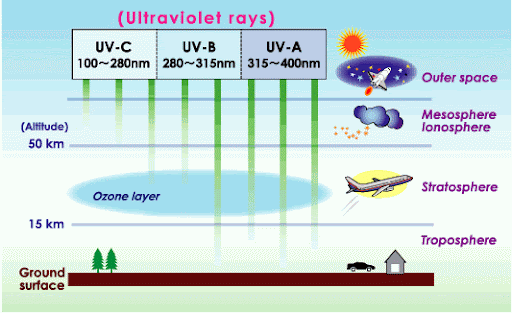
| Classification | Wavelength band (nm) |
| Ultraviolet A (UVA) | 400-315 |
| Ultraviolet B (UVB) | 315–280 |
| Ultraviolet C (UVC) | 280–100 |
Ultraviolet A (UVA):
- Long UV.
- Penetrates to the dermis.
- Responsible for the development of the slow natural tan.
Ultraviolet B (UVB):
- Medium UV, erythemal UV.
- Produced new pigment formation.
- Sunburn.
- Vitamin D synthesis.
- Responsible for inducing skin cancer.
Ultraviolet C (UVC):
- Short UV , germicidal UV .
- Does not reach the surface of the earth.
Production of Ultraviolet therapy:
- The therapeutic UVR is produced by a mercury vapour lamp which consists of a QUARTZ BURNER TUBE evacuated from the air and containing traces of argon gas and mercury under reduced pressure.
- An electrode is inserted at each end of the burner.
- The current is applied to the electrodes.
- The mercury vapour and the passage of electrons through the vapour establish the UVR.
Ultraviolet generators:
Air-cooled lamps:
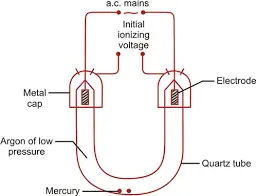
- It is also called a high-pressure mercury-vapour burner and Hanovia alpine sun lamp
- This is often U-shaped so that it acts more or less as a point source.
- The burner is made from quartz
- This material allows the passage of ultraviolet can withstand very high temperatures and has a fairly low coefficient of expansion.
- In the tubes enclosed to argon gas at a low pressure, a small quantity of mercury, an electrode is sealed into either end.
- Surrounding the ends are two metal caps across which a high potential difference is applied in order to ionize the argon.
- Argon is normally stable and inert so in order to pass a current through the tube the argon atoms must be ionized.
- A considerable amount of energy is required to ionize the argon and obtained by applying a very high potential difference [400 volts]
- Across the tube, via the metal caps at either end, for a fraction of a second.
How to work a high-pressure mercury-vapour burner?
- Once the argon has been ionized, the normal main voltage between the electrodes causes the positive and negative particles to move through the burner, constituting an electric current.
- The electron moves to the positive terminal and then around the circuit, the positive ions move to the negative terminal and collect an electron.
- Overall, exactly the same number of electrons leave the burner at the positive terminal as enter at the negative.
- As the two-way movement of charged particles takes place, collisions between moving flow across the tube.
- This current flow can be seen as a glow discharge, and as with any electrical current considerable heat is produced.
- Eventually, sufficient heat is produced to vaporize the liquid mercury inside the tube, and this mercury vapour itself becomes ionized.
- Ultraviolet radiation is produced partly as the energy released by the recombination of electron and positive mercury ions and partly by photons released when excited electrons return from a higher-energy quantum shell to their normal shell within the mercury atoms.
Tridymite formation :
- The heat produced inside the burner unfortunately causes some of the quartz to change to another form of silica called tridymite.
- Tridymite is opaque to ultraviolet rays and therefore the total output of the lamp gradually falls as the proportion of tridymite increases.
- If the quartz changes to tridymite the resistance is reduced, increasing the intensity of current across the tube.
- Thus the production of ultraviolet is increased but as less is transmitted by the quartz, output is constant
- To allow the stabilizing resistance to be reduced at appropriate times [ approximately every 100 hours ]
- So always note the burning time in a note.
- After 1000 hours of burning, so much tridymite has formed that the whole burner tube needs to be replaced.
Cooling:
- A considerable portion of the output of the high-pressure burner is infrared, which when absorbed by the human body is converted to heat.
- Always safely place a lamp on a patient is 50 cm, otherwise, results in a burn.
- The burner is usually housed in a parabolic reflector, so the position is adjusted by the stand.
Ozone formation:
- The photochemical action of ultraviolet radiation shorter than 250 nm in wavelength on atmospheric oxygen is to form ozone.
- Ozone is a toxic gas but good for ventilation.
- Ozone level is detected by smell.
Water-cooled lamps:
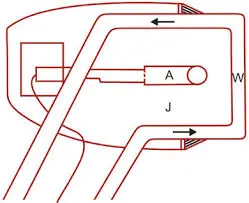
- It is also called kromayer lamp.
- Its construction & work are the same as the air-cooled lamp (high-pressure mercury vapor burner ).
- It is completely enclosed in a jacket of circulating distilled water.
- Purpose of jacket = absorb to infra-red.
- A pump & cooling fan is incorporated into the body of the kromayer lamp in order to cool the water.
- After water circulation should be continued for five minutes after the burner is switched off in order to cool the lamp.
- Water circulation of kromayer head is between two quartz windows which allow the ultraviolet to emerge.
- For the treatment of the sinus = an applicator of quartz is fixed to this window via a special attachment.
- These applicators convey the ultraviolet rays to their tip by total internal reflection, but they absorb ultraviolet rays so a longer dose must be given.
- Advantage = It can be used in contact with the tissue or with a suitable applicator [ body cavity or sinus ]
- Disadvantage = danger of infra-red burn
Fluorescent tubes:
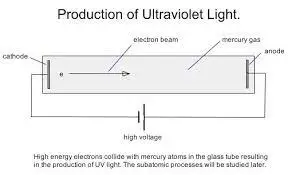
- Solution of mercury lump problems [ produce a certain proportion of short ultraviolet rays ] use to fluorescent tubes.
- Because modern treatment needs long-wave ultraviolet rays without short waves.
- So various types of fluorescent tubes have been produced.
- The spectrum of each tube depends upon the type of phosphor coating.
- Each tube is about 120 cm long and made of a type of glass that allows long-wave ultraviolet to pass.
- The inside of the tube is coated with a special phosphor.
- A low-pressure arc is set up inside the tube between its ends by a process of ionization is same as the air-cooled lamp (high-pressure mercury vapor burner.
- Short ultraviolet rays are produced but adsorb by phosphor & re-emitted at a longer wavelength.
- Output of these fluorescent tubes = UVA & UVB
Theraktin tunnel:
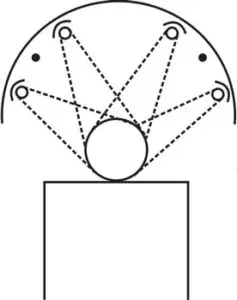
- It is a semi-cylindrical frame in which are mounted four fluorescent tubes.
- Each tube mounted has its own reflector so produces irradiation for treatment.
- Allowing the treatment of the whole body in two halves.
- In Theraktin tunnel fluorescent tubes with a spectrum of 280 – 400 nm are used.
Penetration of the ultraviolet radiation:
- UVA – Dermis level
- UVB – Deep dermis
Test dose of the Ultraviolet therapy:
- To assess the individual patient’s reaction to ultraviolet radiation a test dose is administered.
Air-cooled lamp:
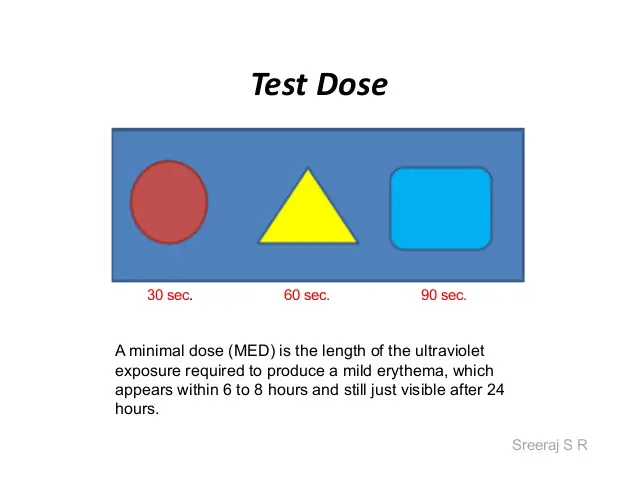
- A suitable area of skin is selected for the test dose and washed to remove grease.
- Three shaped holes cut in a material resistant to the passage of UV [ paper or lint ].
- The middle hole should be approximately 2 cm by 2 cm with the hole on one side larger and the other side smaller.
- This cutting is fixed to the forearm with adhesive plaster.
- The cuttings are of different sizes & shapes in – order to make identification of the erythema easier for the patient.
- Allow the lamp to warm up according to the manufacturer’s instructions.
- Place the PERPENDICULAR to the area being tested and a distance of 60 to 90 cm from the site.
- Expose the 1″ opening would receive the longest exposure time & the last opening would appear pink/red first & then fade/disappear.
- Switch off the lamp.
- Instruct the patient to MONITOR in the forearm every 2 hrs & note which opening or shape appeared pink/red first & when it faded/disappeared.
- The patient is also given a card similar to the opening to make a note.
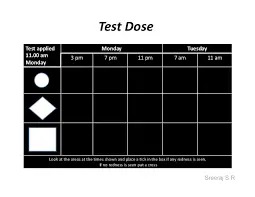
Theraktin tunnel :
- The test dose is the same as the air-cooled lamp but with larger holes [ 4 cm by 4 cm ].
- Placed on the abdomen, the rest of the body is screened.
Kromayer lamp:
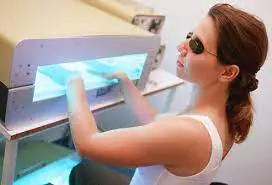
- The test dose is the same as the air-cooled lamp but with smaller holes [ 0.25 by 0.25 ].
Patient preparation for treatment with Ultraviolet therapy:
- Wear goggles.
- Observe &monitor the skin condition.
- Keep skin moist following exposure to UVR.
- Pigmentation changes are to be expected & are a normal response.
- Prolonged & repeated exposure leads to premature aging.
Degree of erythma for Ultraviolet therapy
| Degree of erythma | latent period in H RS | Appearance color | Duration of erythama | Skin edema | Skin discomfort | Desquamation of skin | Relation to E1 dose |
| E1 | 6 – 8 | Mildly pink | < 24 hrs | None | None | None | E1 |
| E2 | 4 – 6 | Definite milk red . blanch on pressure | 2 days | None | Slight soreness irritation | Powdery | 2.5 % of E1 |
| E3 | 2 – 4 | Very red, dose not blanch on pressure | 3-5 days | Some | Hot & painful | In thin sheets | 5 % of E1 |
| E4 | < 2 | Angry red | a week | Blister | Very painful | Thick sheets | 10 % of E1 |
Skin response to Ultraviolet therapy:
- It depends upon:
1 – Quantity of UVR energy applied to the skin :
Output of the lamp.
- low volt [ 30 – 110 V] high – amp [ 5 A ]
- High volt [ 3000 V ] low – amp [ 15 mA ]
- Distance between the lamp and the skin.
- The angle at which radiation falls on the skin.
- Time for which radiation is applied on the skin.
2 – Biological responsiveness of skin:
- The sensitivity of skin :
| Skin type | Description |
| Type -1 | Always Burn, Turn Slightly |
| Type – 2 | Sometimes Burn, Always Tan |
| Type – 3 | Never Burn, Always Tan |
| Type -4 | Pigmented Skin, Mongoloid |
| Type -5 | Heavily Pigmented Skin, Negroid |
| Type -6 | Heavily Pigmented Skin , Negroid |
Calculation of dosage:
- First of all, give to E1 dose
- E2 = 2.5 X E1
- E3 = 5 X E1
- E4 = 10 X E1
- Double E4 = 20 X E1
- E4 & Double E4 are used for open wounds.
Progression of dosage for ultraviolet radiation :
- Exposure to UVR should not be repeated until the erythema caused by a previous dose has faded.
- Thinking of the epidermis makes it necessary to increase the exposure in order to repeat the erythemal reaction at each successive dose.
Progression of doses for ultraviolet radiation:
- To repeat E1 25 %of the preceding dose is added.
- To repeat E2 50 %of the preceding dose is added.
- To repeat E3 75 %of the preceding dose is added.
- To repeat E4 75 %of the preceding dose is added.
Selection of dosage level for ultraviolet radiation:
- E1 = Given to the body area
- E2 = May not be given to up to 20 % of total body area
- E3 = May not be given to up to 250 cm 2 of normal skin
- E4 = May not be given to an area up to 25 cm 2 of normal skin
Frequency of ultraviolet radiation treatment:
- A sub erythemal dose may be given daily.
- An E1 may be given alternate days.
- An E2 should be given twice a week.
- An E3 should be given 2 weeks apart.
- An E4 only very local areas not frequently given.
- When treating non-skin areas such as pressure areas of ulcers, all doses may be given daily as there is no erythema ration produced.
Calculation of new dose :
- To irradiate a smaller area the source is moved nearer to the patient but the time of exposure must be altered to maintain the same intensity in accordance with low of inverse squares.
- New time = Old time x ( New distance )2/( Old distance ) 2
Physiological effects of ultra-violet radiation:
- The UVR physiological effects may be divided into 2 groups :
- Local = effects produced locally in the area
- General = results form a widespread irradiation
Local effect of ultraviolet radiation:
Erythema:
- Damage to cells causes the release of histamine-like substances from the epidermis and superficial dermis.
- A gradual diffusion of this chemical takes place until sufficient has accumulated around the blood vessels in the skin to make them dilate.
- The greater the quantity of histamine-like chemicals produced, the sooner & fiercer the reaction.
- for erythema reaction has been used to classify doses of ultraviolet given to patients.
- erythema is produced by a wavelength shorter than 315 nm.
Pigmentation:
- It is developed within two days of irradiation.
- Ultraviolet stimulates meloncytes in the skin to produce melanin, which is then passed to numerous adjacent cells.
- The melanin forms an umbrella over the uncles of the cells to protect them from ultraviolet radiation.
- Pigmentation substantially reduces the penetration of UVB.
Ticking of epidermis:
- Sudden over-activity of the basal layer of the epidermis causes a marked ticking ,.
- Particularly of the stratum corn um which may become three times the normal thickness.
- This substantially reduces UV penetration.
- So in order for subsequent treatments to have the same effect the dose must be increased.
Pilling :
- The increased thickness of the epidermis is eventually lost as desqauamation ( pilling )
- when this happens the resistance of the skin to UV is substantially lowered.
Antibiotic effect:
- Short ultra-violet rays can destroy bacteria and other small organisms such as fungi commonly found in wounds.
- E4 dose effectively destroys all such organisms.
General effects of Ultraviolet therapy:
Production of vitamin D:
- In the presence of UV, dihydrocholesterol in the sebum is converted to vitamin D in the skin.
- Vitamin D is necessary for the absorption of calcium and so has a role to play in the normal formation of bones and teeth.
- In hospitals, elderly patients are given ultraviolet light as a treatment to promote the production of vitamin D, reduce osteoporosis, and decrease the frequency of fractures.
- But this treatment is applied very carefully [ monitoring dosage and preventing form risk ]
Solar elastosis and aging:
- The normal aging process of the skin is accelerated if there is continued exposure to UV.
- There is thinning of the epidermis
- Loss of epidermis ridges
- Loss of melanocytes
- Dryness as a result of poor function of sebaceous and sweat glands
- Winking from lack of dermal connective tissue.
The esophylactic effect:
- General UVA irradiation stimulates reticulo endothelial system leads to the ingestion of bacteria & produces antibodies against bacteria & toxins.
- So the resistance of the body to infection is increased & this is known as the esophylactic effect.
General tonic effect:
- It is being claimed that because of general UV irradiation has a general tonic effect.
- Appetite & sleep being improved.
- Nervousness & irritability decreased.
Photosensitization:
- There is sometimes an enhanced response of the skin to ultraviolet radiation.
- The agent responsible is usually a chemical present in the skin that absorbs the ultraviolet and transfers the energy to adjacent tissue molecules in a photo-chemical reaction.
- Photosensitizers may be ingested or applied directly to the skin.
- Photosensitivity may be deliberately produced in a patient’s skin.
- By local application of a substance such as coal tar.
- By the ingestion of a substance such as a psoralen.
Indications of Ultraviolet therapy :
Acne:
- It is a skin condition that presents pustules, papules, and comedone blocking the hair follicles and sebaceous glands on the face, back, and chest.
- An E2 dose of ultraviolet radiation may be given to the patient.
Aim of this treatment:
- An erythema will bring more blood to the skin and so improve the condition of the skin.
- Desquamation will remove comedone and allow free drainage of sebum, thus reducing the number of lesions.
- The UVR will have a sterilizing effect on the skin.
- Although ultra-violet radiation has been used in the treatment of acne for some time, a number of reservations have Been expressed about its use.
- The intensity of the dose needed (E2 +) Is often painful and cosmetically unsightly to the skin.
Psoriasis
- It is skin conditions that present localized plaques in which the rate of cell turnover from the basal layer through to the superficial layer is too rapid.
Aim of this treatment
- Decrease the rate of DNA synthesis in cells of the skin
- Thus slowing down their proliferation.
- Treatment can be given using the Leeds regimen or PUVA.
Leeds regimen :
- In the Leeds regimen the sensitivity of the patient’s skin to UVR is increased by the local application of coal – tar, added to a bath prior to treatment.
- Dithranol cream is applied to the lesions after the treatment.
- The patient’s reaction to UVR is tested in the sensitized condition.
- A sub-erythemal dose (half-E1) is given to the patient, using a Theraktin tunnel or an air-cooled lamp at 100 cm.
- The dose is repeated daily, increased by 12 1/2 percent each time.
- Psoriasis improves with sub-erythemal doses but is aggravated by actual sunburn or doses of E1 +.
PUVA:
- Patients on a PUVA regimen take a sensitizing drug derived from psoralen, two hours before exposure to UVR rays.
- In the nucleus of the cell the psoralen bind to DNA in the presence of UVA, and this inhibits DNA synthesis and cell division.
- Dosage on a PUVA regimen is measured using J / cm which means that the output of the generator needs to be measured regularly using special apparatus.
- The dosage depends upon the patient’s skin – type and progressive increases are made in terms of energy density applied rather than in the length of time.
Skin wounds:
Infected wound :
- It is used such as ulcers, pressure sores, or surgical incisions.
- UVB is normally used to achieve this being applied locally to the lesion using a Kromayer lamp and an E3 or E4 dose.
- A progressive increase in dose is unnecessary as there is no skin over the wound.
Aim of this treatment:
- Destroy bacteria
- Remove the slough
- Promote repair
Non-infected wound:
Once infection has cleared it was never present.
Aim of this treatment:
- It stimulates growth or if it was never present.
- Short UVB rays = speed up repair
- Longer UVA rays = damage granulation tissue
Intact skin:
- It is treated with UV if it is in a pressure area that is likely to break down.
- An E1 dose is given in order to increase the circulation through the area and improve skin condition.
Counter-irritation:
- It was used to produce a strong counter-irritation effect over the site of a deep-seated pain.
- An E3 or E4 dose was given and the area was then covered with a dry dressing.
Eczema :
- It is an inflammatory response in the skin associated with edema.
- The patient suffers marked itching with redness, scaling, vesicles & exudation of serum on the skin.
- A mild UVR treatment will help.
Protection for hypersensitive skin :
- The Polymorphic light eruption is the commonest of photodermatoses.
- Increased tolerance to sunlight can be achieved by a course of UVB.
- Start with a very low dose & gradually progress.
Vitamin D deficiency:
- Vitamin D3 is formed in the skin by the action of UVB and C on 7-dihydro cholesterol.
- Natural sunlight can also be curative for vitamin D deficiency diseases.
Mild hypertension :
- The general suberythemal doses of UVB can significantly lower blood pressure.
- It is believed to the due to calcium-regulating hormones associated with increased vitamin D production.
Pruritus:
- The intractable & serious itching that can occur due to raised bile acid levels in biliary cirrhosis or uremia.
- can successfully be treated by sub-erythemal whole-body UVB either alone or in combination with the drug cholestyramine.
Contraindications of Ultraviolet radiation:
- Pulmonary tuberculosis
- Severe cardiac disturbances
- Systemic lupus erythematosis
- Severe diabetes
- Dermatological conditions
- Known photosensitivity
- Photosensitizing medication
- Deep x – rays therapy
- Acute febrile illness
- Recent febrile illness
- Porphyrias
- Pellagra
- Sarcoidosis
- Xeroderma
- Pigmentosum
- Acute psoriasis
- Renal hyperthyroidism
- Generalized dermatitis
- Advanced arteriosclerosis
- Acute eczema
- Herpes simplex
- Hypersensitivity of sunlight
Danger of Ultraviolet therapy:
- Shock
- Eyes = conjunctivitis, iritis, cataract
- Overdose = mainly E4 reaction
Sensitization/sensitizing drug
- A number of drugs &some foods in a few patients are known to sensitize patients to the effect of UVR.
Commonly seen sensitizing groups are :
- Psoralens = sensitizer
- Sulphonna mide = antibiotic
- Phenothiazine = tranquilizer
- Barbiturates
- Gold therapy
- Aspirin & derivatives
Other Electrotherapy Article:

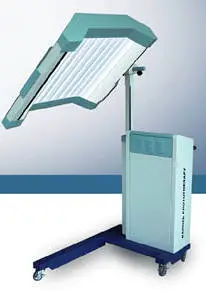
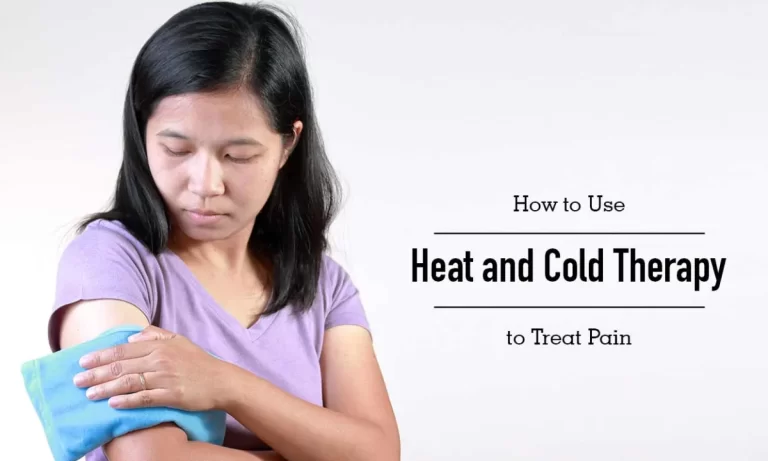
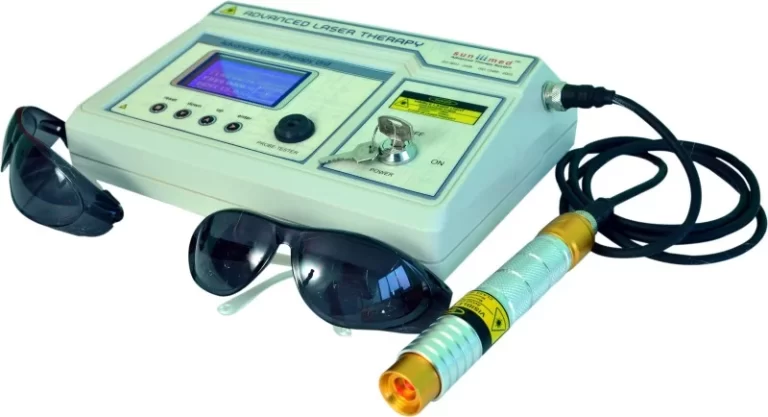
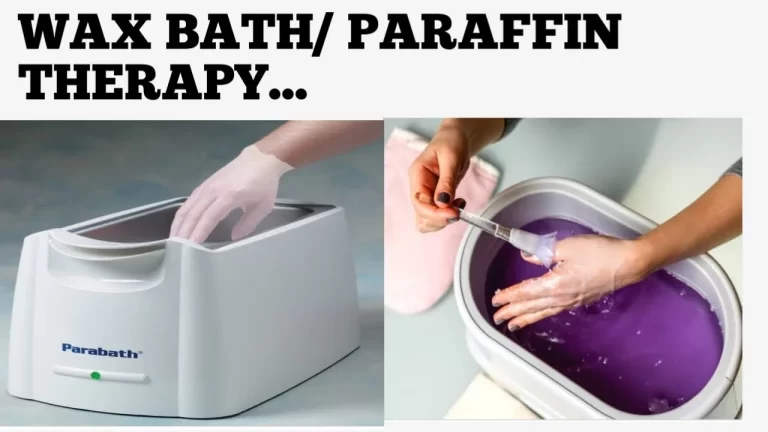
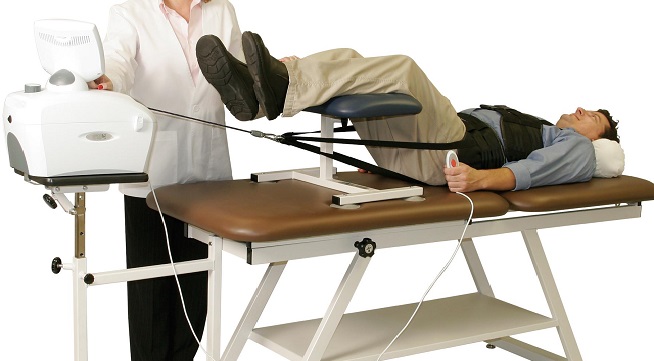
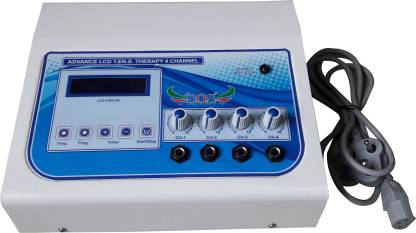
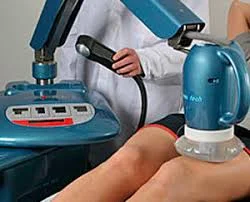
3 Comments